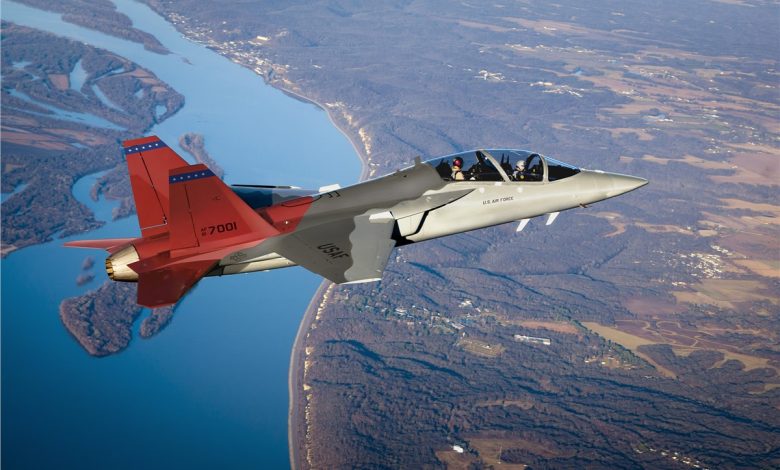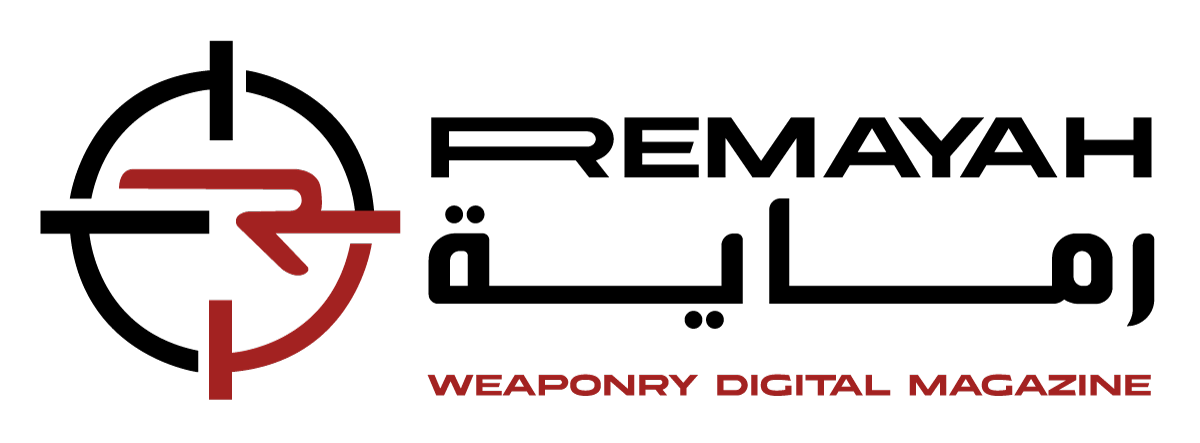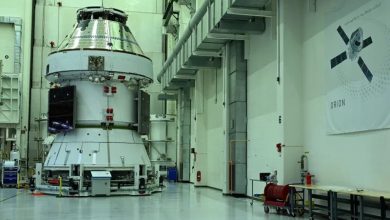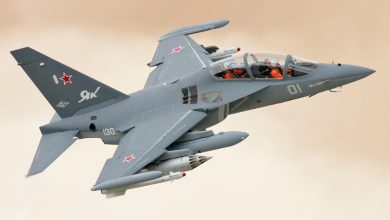
Saab Takes Flight: Pioneering Advances in the T-7A Test Program
Saab has dispatched its third rear airframe segment for utilization in the T-7A Red Hawk flight examination initiative for the United States Air Force.
The consignment on 10 September 2021 originated from Saab’s Linköping facility in Sweden and was sent to Boeing in St. Louis, Missouri, USA, arriving a few days later. The fabrication and delivery of this rear airframe segment is the latest achievement in Saab’s contribution to the Engineering and Manufacturing Development (EMD) phase of the T-7A Red Hawk trainer for the U.S. Air Force. Once the EMD phase is completed, Saab’s new state-of-the-art site in West Lafayette, Indiana, USA will commence the production of the rear airframe segments for the T-7A initiative.
“This consignment demonstrates our dedication to our strategy and the substantial advancements made towards finishing our EMD timeline. This airframe will be integral to the first T-7A to take flight and is another stride towards the initiation of production at our cutting-edge facility in West Lafayette, Indiana,” stated Jonas Hjelm, Senior Vice President and head of Saab’s Aeronautics division.
Boeing has combined Saab’s rear section with the forward section. This is succeeded by the assembly of wings, fins, and tail to create a complete test aircraft for the EMD flight examination program. The rear section, equipped with installed subsystems – hydraulics, fuel, and secondary power systems – extends from behind the cockpit to the end of the aircraft.
In April 2021, Saab provided its inaugural T-7A Red Hawk rear airframe segment, followed by a second delivery in July 2021. Upon reaching Boeing in St. Louis, Saab’s rear section was perfectly united with the front fuselage in under 30 minutes. This accomplishment is a testament to the implementation of digital design and engineering, which guarantees precision, efficiency, and heightened quality throughout the design and delivery of the T-7A Red Hawk.
The T-7A Red Hawk is a completely new, sophisticated pilot training system crafted for the U.S. Air Force to educate the next generation of combat aviators for many years ahead. The aircraft has greatly benefited from Saab and Boeing’s unconventional approach to military aircraft design, engineering, and production, which allowed the preceding T-X aircraft to progress from concept to first flight in a mere 36 months.






